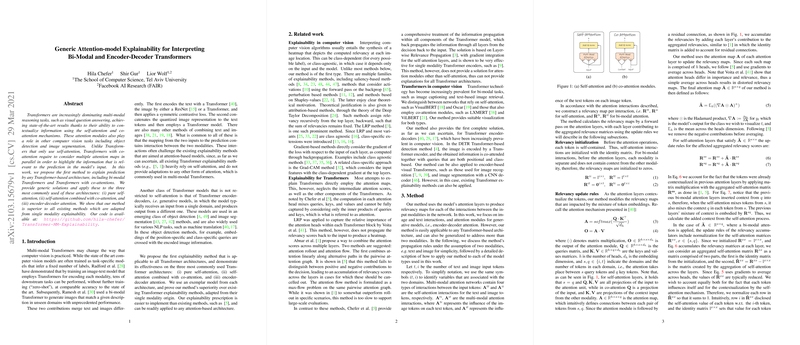Overview of "Author Guidelines for ICCV Proceedings"
The document under consideration offers a comprehensive guide for authors submitting manuscripts to the International Conference on Computer Vision (ICCV), focusing on the format and style required for final submissions. This guidance is designed to ensure uniformity and quality in presentation across the diverse papers presented at the conference.
Key Aspects
The paper emphasizes several critical elements related to manuscript preparation. These include language requirements, submission policies, document formatting, and anonymization processes necessary for blind review. It is particularly meticulous in enumerating the standards for manuscript length, use of color, and the structure of the document, including sections like the abstract, introduction, and references. It mandates the use of English and restricts the manuscript length, excluding references, to eight pages with no additional charges for extra pages. Authors are forewarned that papers exceeding this limit will not be reviewed.
One unique feature detailed is the requirement for a "ruler" in the submission version, allowing reviewers to reference specific lines efficiently. The document provides detailed instructions on formatting parameters, such as page layout with two-column text, margin settings, font types, and sizes. Specific typeface instructions are given, with a strong preference for Times Roman or equivalent fonts.
Anonymization and Dual Submission
The guide elucidates the dual submission policy and the process of maintaining an anonymous manuscript suitable for blind review. Authors are advised to craft references to their prior work in a manner that maintains anonymity, while also recognizing the importance of allowing reviewers access to relevant previous research. Blind review is clarified to allow citations of the authors' own work as long as personal pronouns are avoided.
Practical Implications
By providing stringent guidelines, the document ensures a standardized format that aids both authors and reviewers. This standardization not only streamlines the review process but also makes the archival of conference papers uniform, thereby contributing to the accessibility and readability of computational vision research.
Future Directions and Considerations
As conferences continue to evolve with advancements in digital publishing and reviewing software, there is potential for these guidelines to further adapt. For instance, future developments might incorporate more interactive elements or improve collaboration between authors and reviewers through advanced online systems. Additionally, as digital tools for document preparation grow more sophisticated, the use of alternative manuscript preparation systems beyond LaTeX could be considered, provided they meet baseline format and style requirements.
In conclusion, "Author Guidelines for ICCV Proceedings" is a document that serves as a critical resource for authors aiming to contribute to ICCV. It provides a detailed framework to prepare manuscripts that meet the high standards expected at this influential venue for computer vision research.
